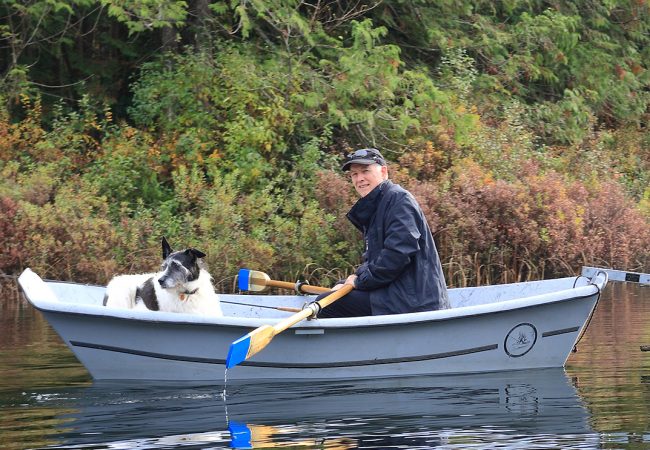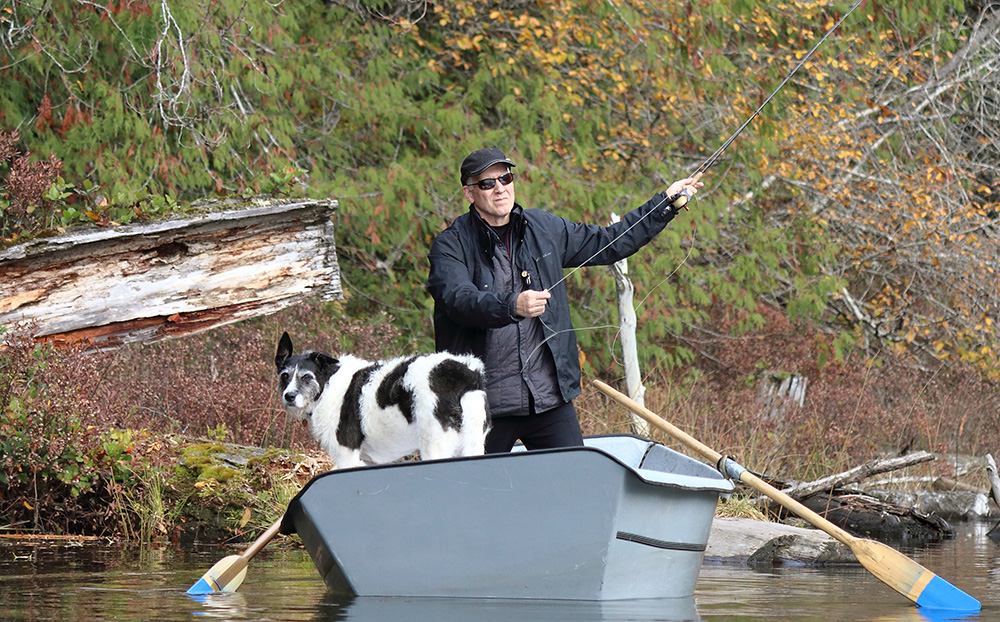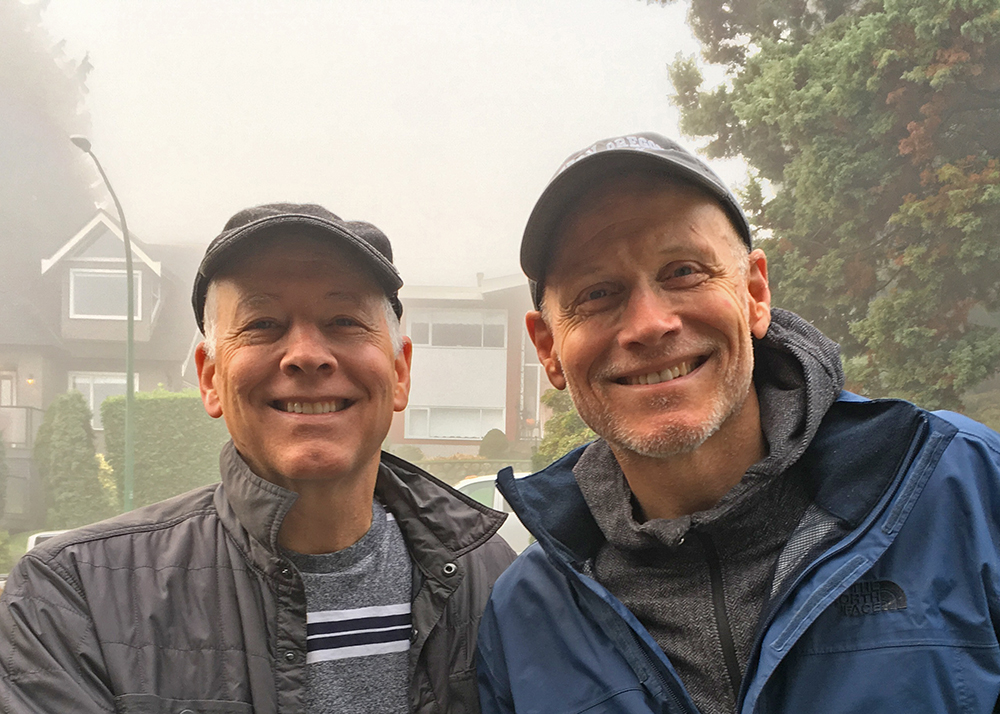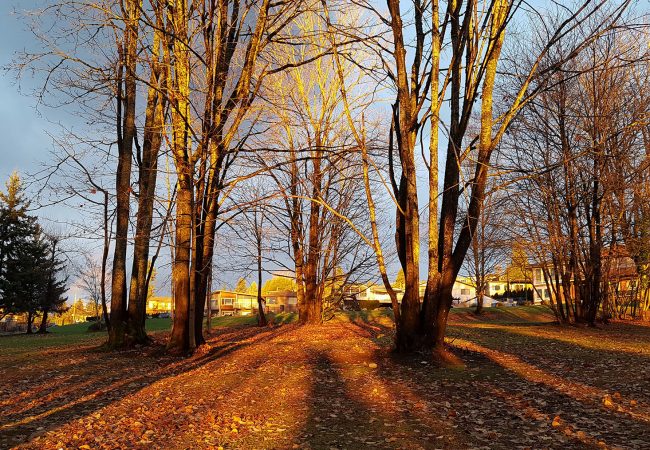This was a business trip with Cal, my business partner.…

When My Brother Came to Canada

Scouting for Roosevelt elk on the Sunshine Coast.
My brother Mark visited from Portland last week. We headed for the Sunshine Coast, where I hoped to show him the trails, lakes and vistas I’ve come to love over the years. We spent four days, taking long, leaf-strewn hikes, scouting for elk, deer and birds, and for the elusive tracks of bears and cougars and bobcats. We looked for mushrooms. We paused at windswept vistas of the Strait of Georgia, grey and foreboding under a fall sky.

A cow elk with yearling in the evening light.

Orange cup mushrooms along a wooded trail.
We fished when the weather allowed. When the weather sucked, we sipped single malt, philosophized and reminisced by a fire. There was no real agenda, for these are the times you let adventures and memories evolve on their own.

The regal colors of a coastal cutthroat trout. As kids, we spent many hours trying to catch them in Oregon.
Fishing was the common thread of our reunion. Mark and I share a deep connection with the beautiful coastal cutthroat trout, which range from northern California to Alaska and which thrive in the Sunshine Coast lakes. As kids growing up in Oregon along the Columbia River, Mark and I spent countless hours pursuing these magical creatures. We’d cast worms into the little streams that tumbled to the Columbia, tramping through fern and mist-shrouded wonderlands with homespun names like Beaver creek, Gnat creek, and Hunt creek. There was Big creek (not really that big) and Fox creek (where we never saw a fox). And Plympton creek, which I’m sure had no connection to the writer.

Mark and Rosie get serious about fishing on Klein Lake.

The red slash on the throat, hence the name cutthroat.
Our childhood gear was charmingly old and simple. We didn’t have much…mostly old rods and reels borrowed from our father. We’d use a crude bait hook, with perhaps a small split-shot sinker to get the worm down into the deeper water. Our bait was usually nightcrawlers (also called “dew worms”) that we would have plucked from our grandmother’s lawn the night before. We couldn’t afford proper boots, so we simply waded wet, wearing whatever we had—usually Converse tennis shoes and ratty jeans, thinking nothing of our numb feet and our cold, stiff legs and simply becoming part of the water and basalt and mud. Somewhere around dark, we’d stumble home, tired, wet, hungry and cold. And free. Oh, so free. In some ways we grew up like Tom Sawyer and Huckleberry Finn, with the Columbia River our Mississippi.

Although our gear has evolved, we’re still kids at heart.
A “trophy” cutthroat back then would have gone 12 or 13 inches. If we slipped a fish into our smelly old wicker creels, it probably measured between eight and ten inches. They were perfect for the frying pan, into which our devoted mother would throw a spoonful of sizzling butter, some salt and pepper and cook our catch crispy and brown, always with the warning to “watch for the bones.”
From the tutoring of our parents, Mark and I knew the native birds like water ouzels (or dippers), kingfishers, Steller’s jays and chickadees. In May we’d hear the haunting, flute-like calls of the Swainson’s thrush, although back then we never saw them or knew what they were. We knew the blacktailed deer and Roosevelt elk. We could identify devil’s club and sword ferns and vine maple. We knew the smell of skunk cabbage and western red cedar.
Mark and I talked about this fortunate heritage, this connection we shared, thankful that we had childhoods focused mostly on nature, with the freedom to roam and dream and simply be kids, building that spiritual bond with flora and fauna, including extraordinary creatures like coastal cutthroat trout.
Which is why today, over a half-century later, we can still hold a small cutthroat trout in our hands, or spot an elk, or hear a Swainson’s thrush, and feel that same childhood magic, that same shared experience, as brothers.



